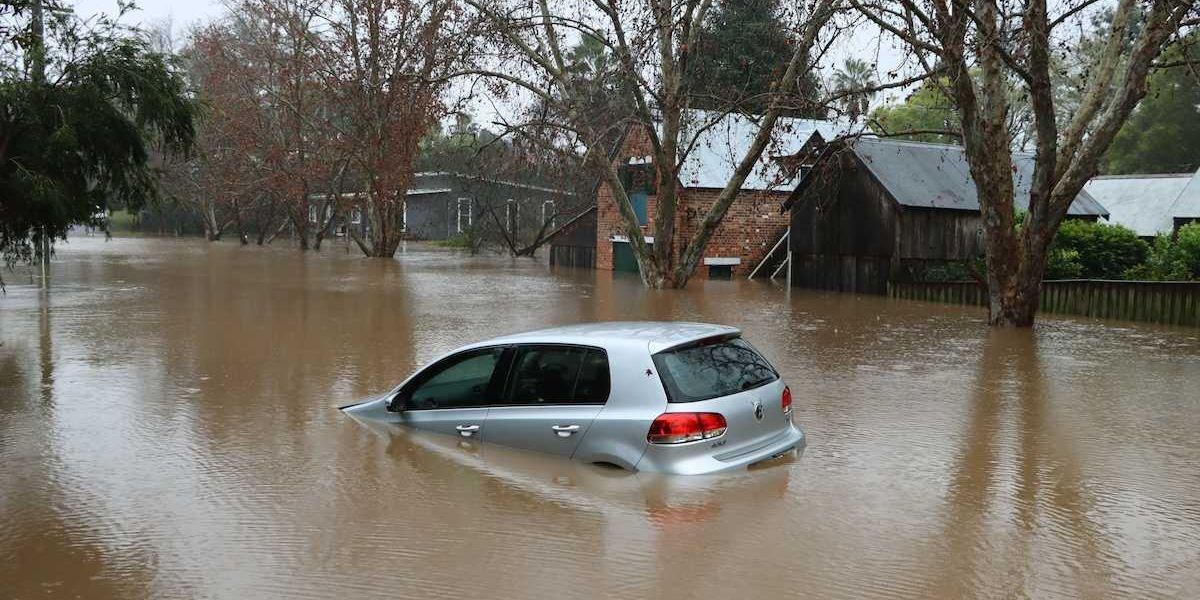China’s chemical plants release dangerous greenhouse gas far above reported levels
A potent greenhouse gas known as HFC-23 is leaking into the atmosphere at rates much higher than countries report, casting doubt on global climate commitments and monitoring efforts.
Phil McKenna and Lili Pike report for Inside Climate News.
In short:
- Atmospheric monitoring reveals that global HFC-23 emissions in 2023 were five times higher than what countries reported to the United Nations, with 40% traced to eastern China.
- The Kigali Amendment to the Montreal Protocol mandates the destruction of HFC-23, but vague language like “to the extent practicable” and weak enforcement mechanisms have allowed continued emissions.
- While China installed incinerators to destroy HFC-23 with help from UN subsidies, new draft rules remain unenforced, and emissions persist from both known and possibly untracked sources.
Key quote:
“There is a powerful greenhouse gas that countries are, for whatever reason, not destroying, even though they should and have the means to, and that’s quite concerning.”
— Ben Adam, researcher, University of Bristol and lead author of the study
Why this matters:
Trifluoromethane, or HFC-23, is an industrial byproduct thousands of times more potent than carbon dioxide as a greenhouse gas. It’s largely produced during the manufacture of HCFC-22, a chemical once widely used in refrigeration and now being phased out due to its ozone-depleting effects. Although technologies exist to eliminate HFC-23 emissions almost entirely, lax enforcement and vague language in international treaties have allowed substantial emissions to continue, especially from factories in China. Poor monitoring capacity in regions like central China, India, and Russia compounds the issue. Meanwhile, U.S. agencies like NASA, which support global air monitoring efforts, face budget cuts, threatening critical data collection. Without independent verification, nations can underreport emissions without consequence.
Related: China faces urgent need to tackle air pollution mortality risk













